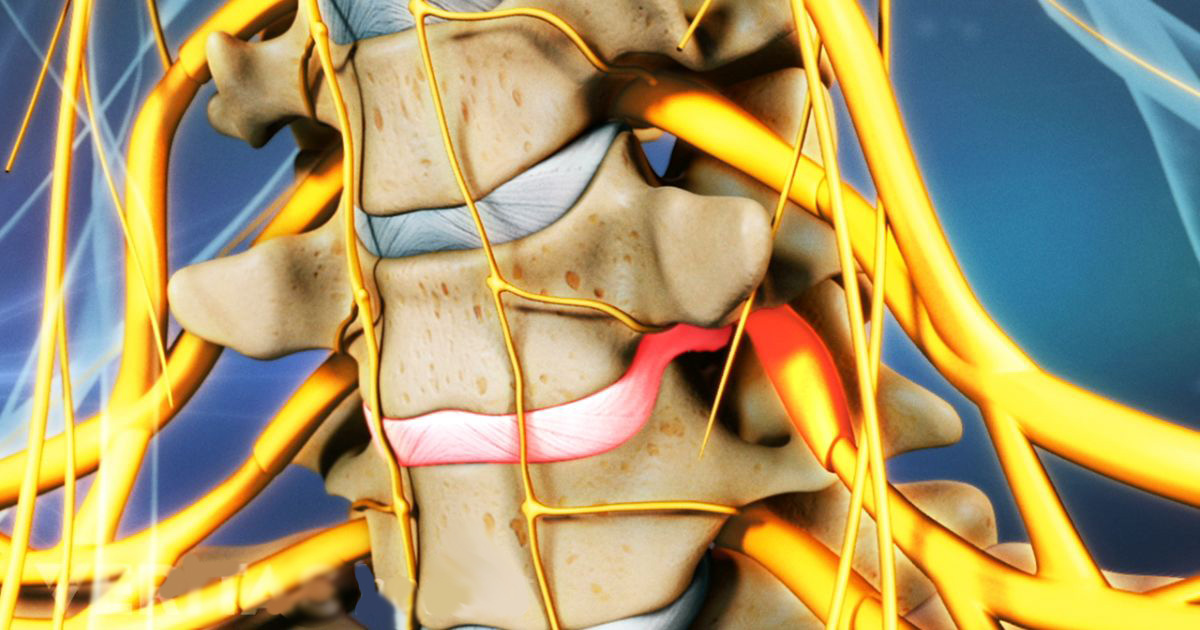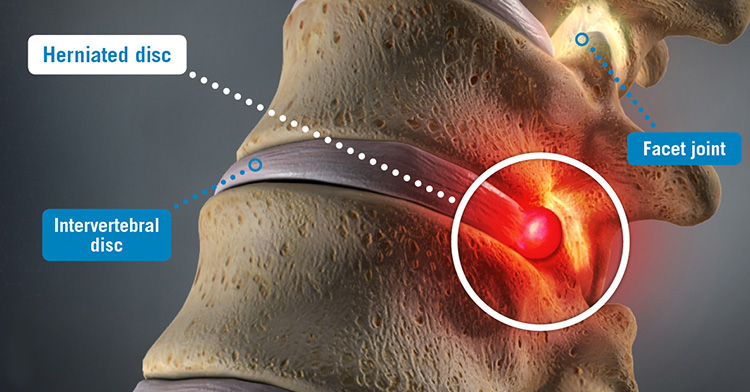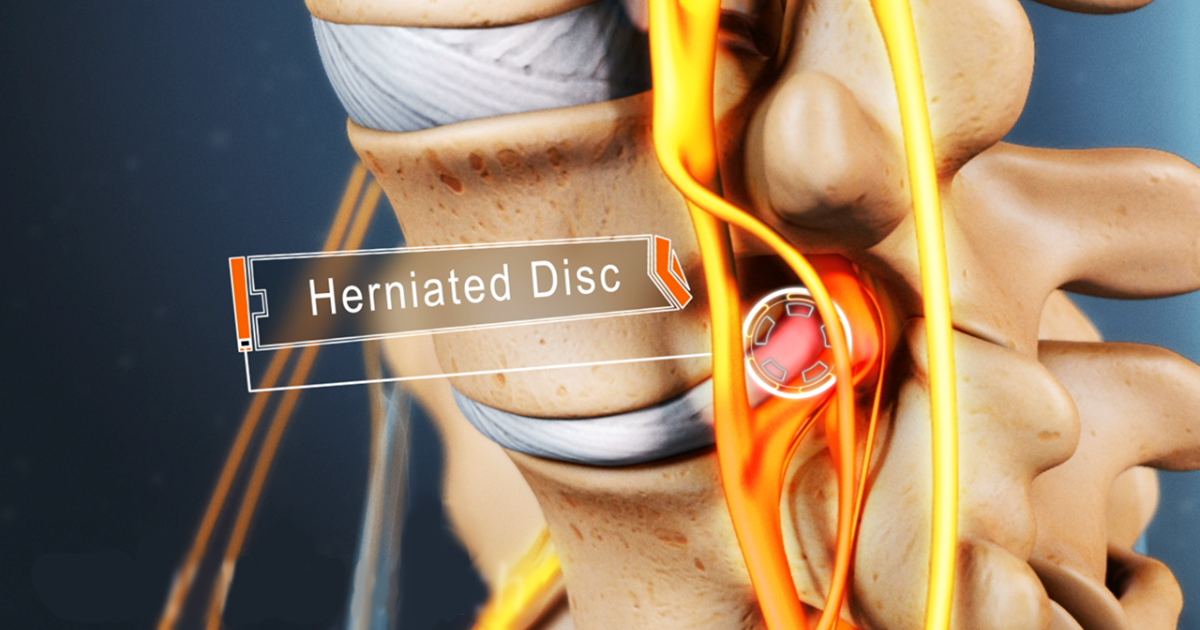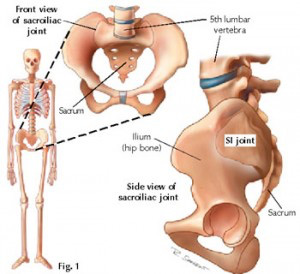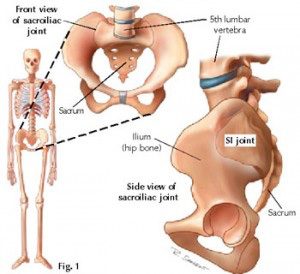Here at Spaulding Chiropractic clinic the diagnostic processes for both degenerative disc disease and a herniated disc include a range of methods that confirm the disc as the pain source, as well as the mechanics and anatomy behind how pain is occurring.
We Review Medical History and Specific Symptoms
Our diagnostic process typically begins with a collected medical history and a review of current symptoms. A complete review of symptoms will include:
- The location of the pain, including whether it is confined to the neck or back, or whether it includes arm or leg pain
- A description of how the pain feels, such as searing, sharp, or stabbing vs. dull or achy
- Whether certain activities, positions, or treatments make the pain feel better or worse
Collecting your full medical background can rule out or identify other possible conditions that may cause pain. Your medical history may include information on recurring health problems, previous diagnoses, and past treatments and their effectiveness. Information on sleep, dietary, and exercise habits is usually also collected.
Physical Examination
A physical exam for diagnosing disc pain may include one or more of the following tests:
- Palpation. Palpating (feeling by hand) certain structures can help identify the pain source. For example, worsened pain when pressure is applied to the spine may indicate sensitivity caused by a damaged disc.
- Movement tests. Tests that assess the spine’s range of motion may include bending the neck or torso forward, backward, or to the side. Additionally, if raising one leg in front of the body worsens leg pain, it can indicate a lumbar herniated disc (straight leg raise test).
- Muscle strength. A neurological exam may be conducted to assess muscle strength and determine if a nerve root is compressed by a herniated disc. A muscle strength test may include holding the arms or legs out to the side or front of the body to check for tremors, muscle atrophy, or other abnormal movements.
- Reflex test. Nerve root irritation can dampen reflexes in the arms or legs. A reflex test involves tapping specific areas with a reflex hammer. If there is little or no reaction, it may indicate a compressed nerve root in the spine.
If you are suffering from back pain here in Fairbanks, AK, call Spaulding Chiropractic Clinic today at 907-456-4234.
